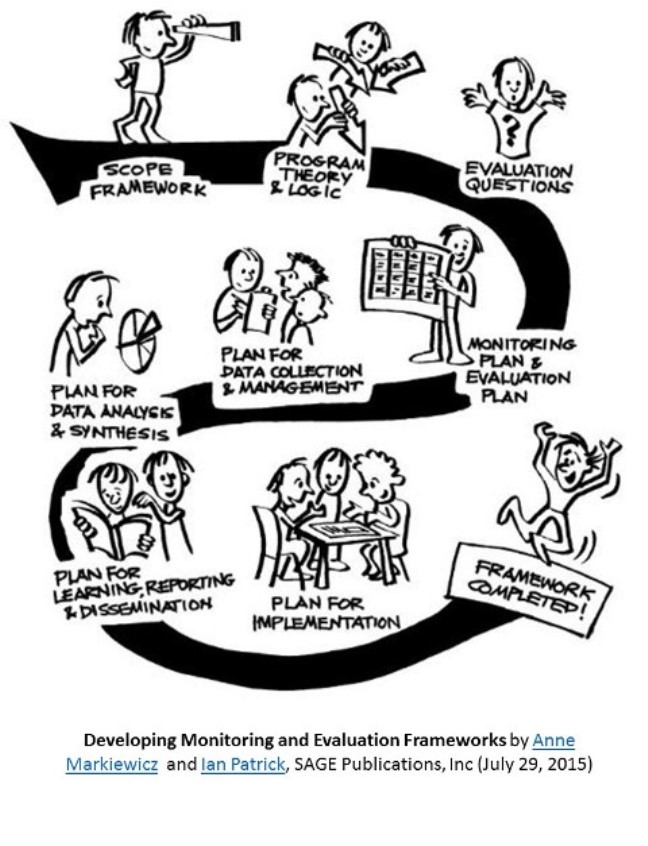One of the few certainties in marketing is that there will be an increasing amount of data, information at our hands in the years to come. In fact, there has been so much of it that for the last ten years most of us don’t even know what to do with it all. We store it just like we used with paper in all those file cabinets of yesteryear. And I am sure once it goes into our “data locker” the chance of us re-visiting it is a lot less than it was in those old 4-drawer file cabinets if you are old enough to know what they looked like.
For any marketer, these days one of the first questions you ask is to provide “measurable results” with your marketing. We want evidence in the form of data. We want that return on investment (ROI). The problem most of us have is there were not any or limited or poorly constructed measurements, to begin with. We are seldom given the opportunity to have enough time to collect it to form an appropriate baseline, so the alternative is we assume.
This is coupled with the fact that we install software that often assists us in collecting and organized a lot more data and data that we have never collected before. A complimentary article is on the Kissmetrics blog titled, What is Data Quality and How Do You Measure It for Best Results?.
Many of my readers know that I have always been a big fan of the Outcome-Based Mapping approach and one of the reasons is for the Evaluation and Monitoring method that it uses. I discuss it in this blog post, Monitoring & Evaluating your Outcomes.
In the last year, a new book published that I have thoroughly enjoyed, Developing Monitoring and Evaluation Frameworks. The authors did not modernize or make the process of Monitoring and Evaluation any simpler or less work but they did break down the steps more thoroughly than previous works and addressed the data issue that so many of us have. This 9-step approach is depicted in the following drawing.
It reminds me a lot of a typical project plan, which is sort of what it is. People often mistaken project planning with project scheduling which is often what get with software that you buy. But the point about the Monitoring and Evaluation (M & E) Framework is that it does organize what data you prioritize and how you will evaluate the ongoing use of it. Often if we do this before we buy software, it would assist us a great deal in our purchase decision.
That is a very minor result of what following a framework for M & E will do for you. Having a M & E framework allows us to be efficient with not only our data but is the key to start making sales and marketing effective and efficient. We not only evaluate the data and information collected but we also monitor the collection and the use of the data. Early on we can discover if we are just collecting data for the sake of collection or if we are using it to make effective decisions.
I wonder, do you have a Monitoring and Evaluation plan in place in your organization? Are you making strategic decisions with data that has been monitored? Are your Monitoring and Evaluation a continuous process or batched? Do you have real-time data? I do not believe it is hard to address these questions. You mostly just have to want to do it.


